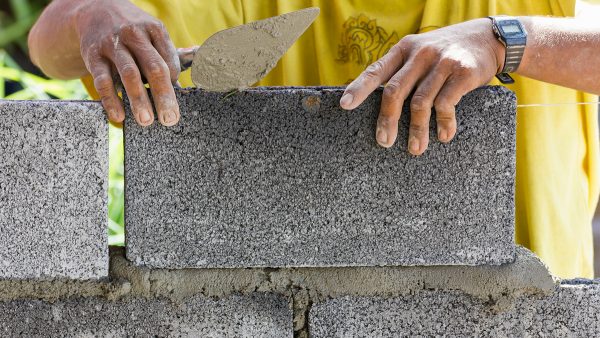What is considered masonry?

Masonry construction has been around for more than 6,000 years, and it’s still popular among residential and commercial buildings. This durable, construction technique stands the test of time, but what does “masonry” actually mean?
Definition of masonry
Masonry is a construction process that binds single building units together to form larger structures. The bricks, stones and blocks that make up masonry structures are typically laid in a staggered pattern and adhered with mortar.
Note that brick paving is often associated with masonry, but pavers may not be mortared together. Instead, they’re often installed with sand between the pavers. They may not fit into the masonry category, but many masons offer brick paving services.
Common types of masonry
The most common materials used in masonry are bricks, stones and concrete blocks. These items may be used for structural purposes, such as the foundation of a building, or for siding and decoration. Masonry materials come in many sizes, shapes, and styles, making them a versatile solution for both design and construction.
Advantages and disadvantages of masonry
Masonry materials are incredibly durable, and they’re built to withstand UV rays, precipitation, and extreme temperature changes. Masonry is naturally resistant to mold, pests, and fire, making it one of the safest construction materials available.
However, masonry can be heavy and tricky to handle. The mortar between the blocks is more fragile than the blocks themselves, so it may need to be replaced with time. It is possible to replace worn mortar without disassembling the entire structure. This process is known as repointing.
Is concrete considered masonry?
Concrete slabs are not considered masonry, but masons may use concrete blocks for construction. These blocks are made off-site and bound together using mortar. By comparison, a concrete slab is poured on-site and exists as a solid unit. Both concrete and masonry can be subject to cracking, but routine maintenance can reduce those risks.
